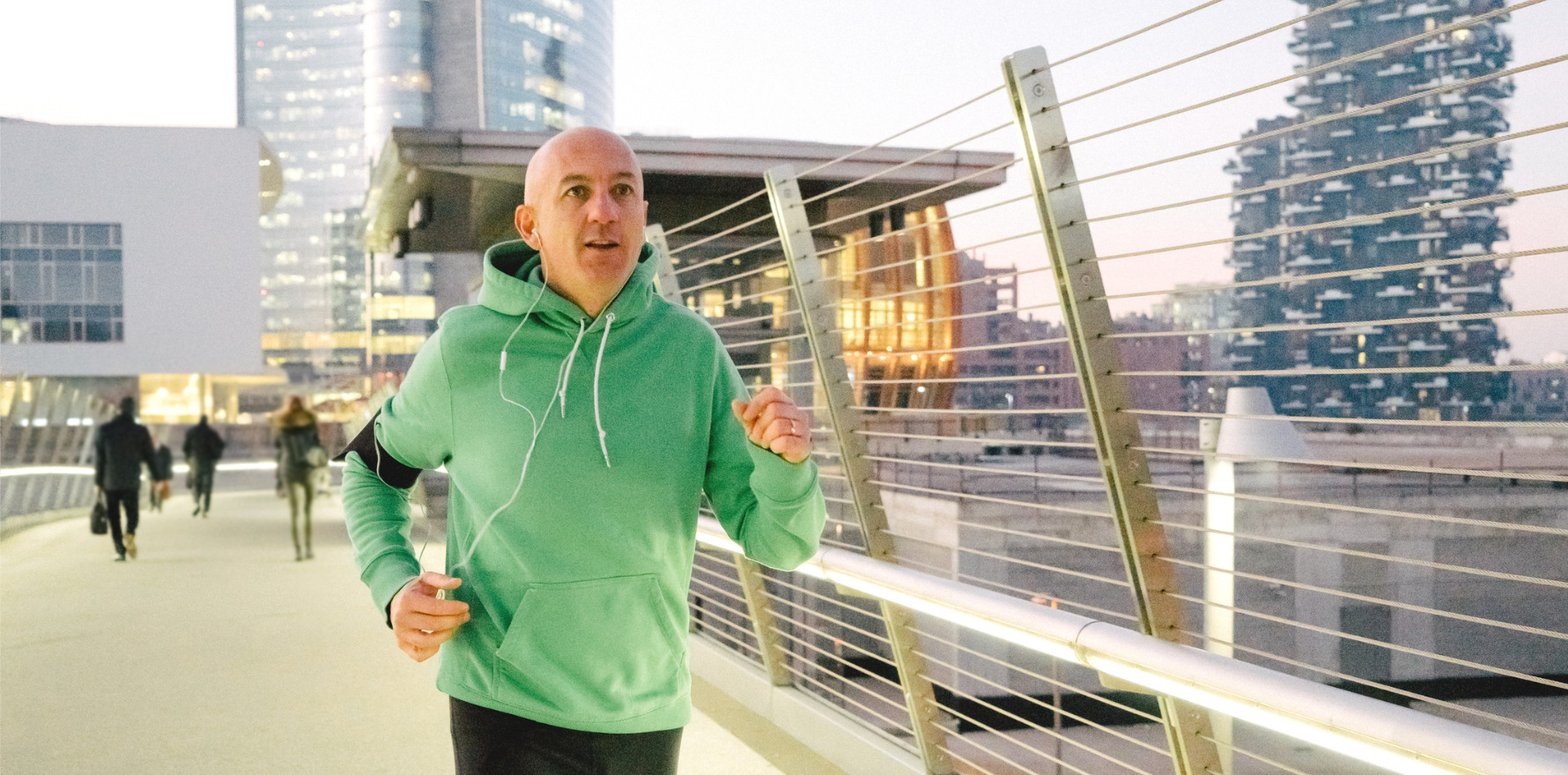Several positive results from osteoarthritis trials were reported at the recent European rheumatology conference.
It’s really nice – and unusual – to attend an abstract session with multiple positive trials in osteoarthritis being reported.
Straight after the METHODS methotrexate study results, we had a reminder of the effect of denosumab on erosive hand OA.
This study by Dr Ruth Wittoek et al (abstract OP0071) was highlighted at the late abstract session at ACR 2022. This presentation served as a reminder of a promising therapy for a typically debilitating disease with limited options, a common frustration for both patients and those of us trying to help.
One hundred patients were randomly allocated to placebo or denosumab for 48 weeks, followed by an open-label extension phase through week 96. The primary radiographic endpoint was change in total Ghent University Scoring System (GUSS) score at week 24.
This GUSS (0-300) is a semi-quantitative scoring system developed to combine the scoring of both erosive progression (decreases score) and signs of repair (increases score). It is meant to be able to detect changes in the short term.
The secondary endpoint was the percentage of new erosive joints at week 48. Clinical outcomes (e.g. pain, tender joint count, swollen joint count, grip strength, the Australian-Canadian Hand Osteoarthritis Index and the Functional Index for Hand Osteoarthritis) were assessed. Radiographic and clinical changes after 96 weeks of treatments were measured.
Denosumab was found to have clear structure modifying effects with significantly less erosive progression after 24 weeks treatment and with the treatment effect improving after 48 weeks, compared to placebo.
Total change GUSS was higher in denosumab compared to placebo at week 24 (mean change GUSS=8.9 (95% CI: 1.0-16.9; p =0.024)). This difference further increased at week 48 (?GUSS=14.3 (95% CI: 4.6–24.0; p=0.003)). Development of new erosive joints was significantly lower in denosumab (1.8%) compared to placebo (7.0%) at week 48 (OR=0.23 (95% CI: 0.10–0.50); p<0.001).
Given the dose is double what we usually use for osteoporosis at 60mg every 3 months (instead of the typical 6 months), it was also good to see that there were no safety signals to date.
Patients are most interested in pain and function of course. It was stated that after open-label treatment through week 96, both pain and function significantly improved compared to baseline. We need more detail on this.
It will be interesting to hear what happens after week 96. How do they manage stopping denosumab? If they do, will there be an issue with bone density? The presenter mentioned that some were offered alendronate but this detail will only be revealed at ACR 2023.
Michelle Heijman then presented a post-hoc analysis of the LoDoCo2 trial to examine the association between use of colchicine at the very low dose of 0.5mg daily and incidence of knee and hip replacements (abstract OP0072).
Of the 5522 LoDoCo2 trial participants, 2762 received colchicine and 2760 placebo during a median follow-up of 28.6 months. The mean (SD) age was 66 (8.6) years and 846 (15.3%) were female.
In the colchicine group, TKR/ THR was performed in 68 patients (2.5%). In the placebo group, 97 patients (3.5%) underwent TKR/THR (HR=0.69; 95% CI, 0.51-0.95; p=0.02).
In a sensitivity analysis that excluded patients with gout, similar results were obtained. In an analysis omitting joint replacements that took place in the first three months of follow-up (to avoid any bias related to planned joint surgery pre-randomisation), rate reduction of TKR/ THR was larger.
Unlike other trials of colchicine in OA (including the COLOR trial looking at its use in hand OA presented straight after, abstract OP0073), which have typically been of short duration with negative results, this analysis looked at a longer time frame in a much larger patient group.
A clear limitation is that the LoDoCo2 trial was a cardiovascular trial with more men than women, and without specific information on osteoarthritis.
OP0071 Effect of denosumab on structure modification in erosive hand osteoarthritis
OP0072 Low-dose colchicine is associated with lower incidence of knee and hip replacements
Dr Irwin Lim is the editor of Rheumatology Republic. He is a Sydney-based rheumatologist and director of BJC Health.



